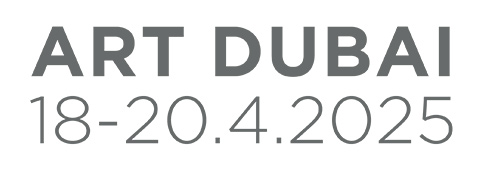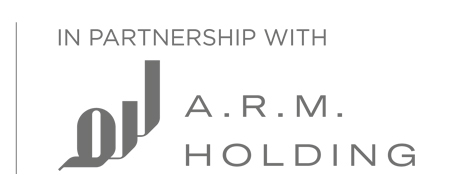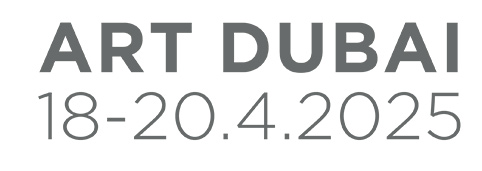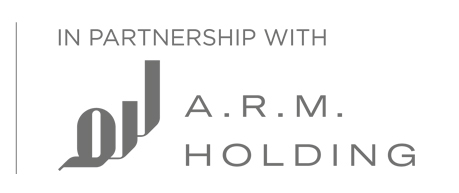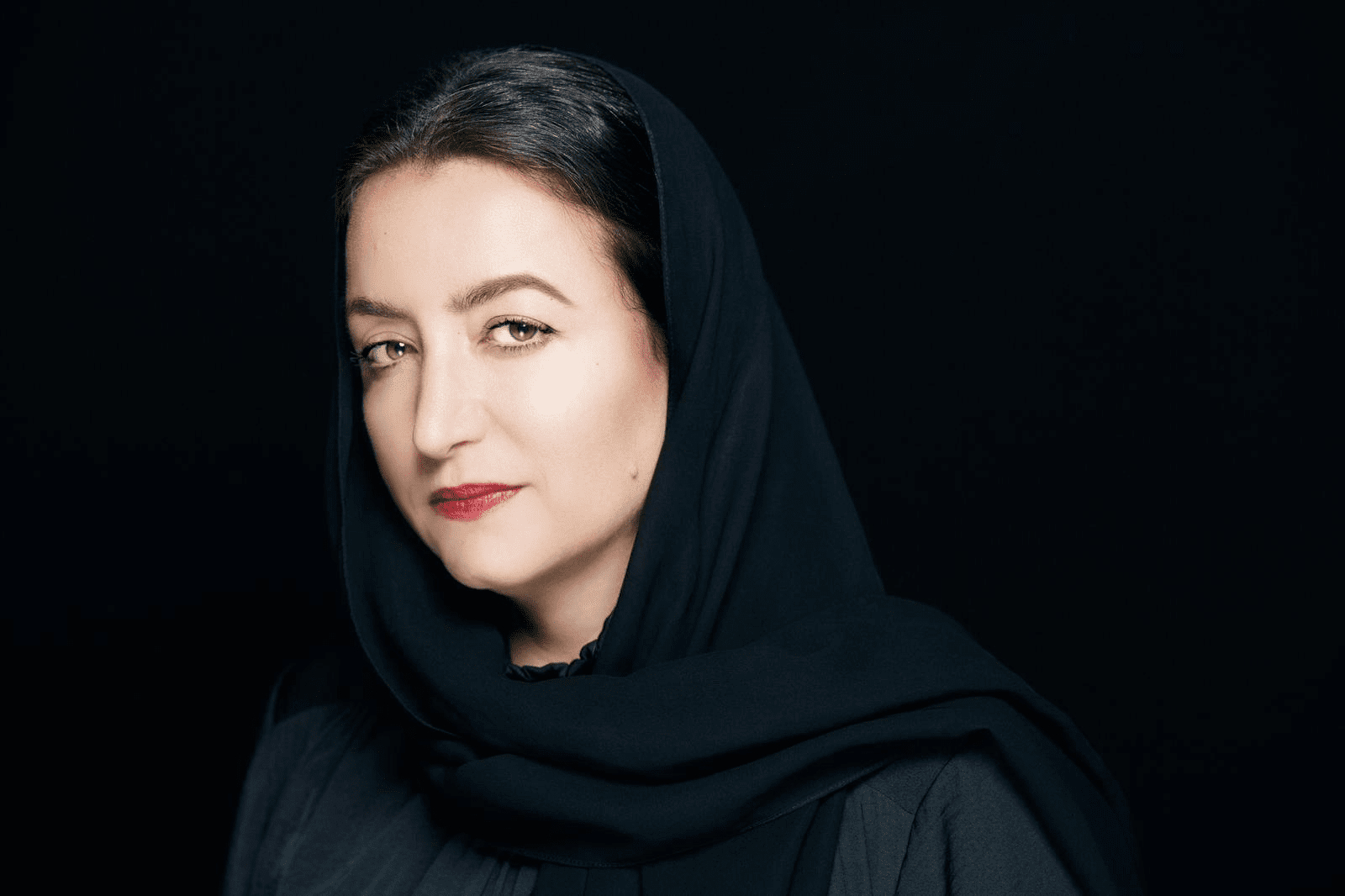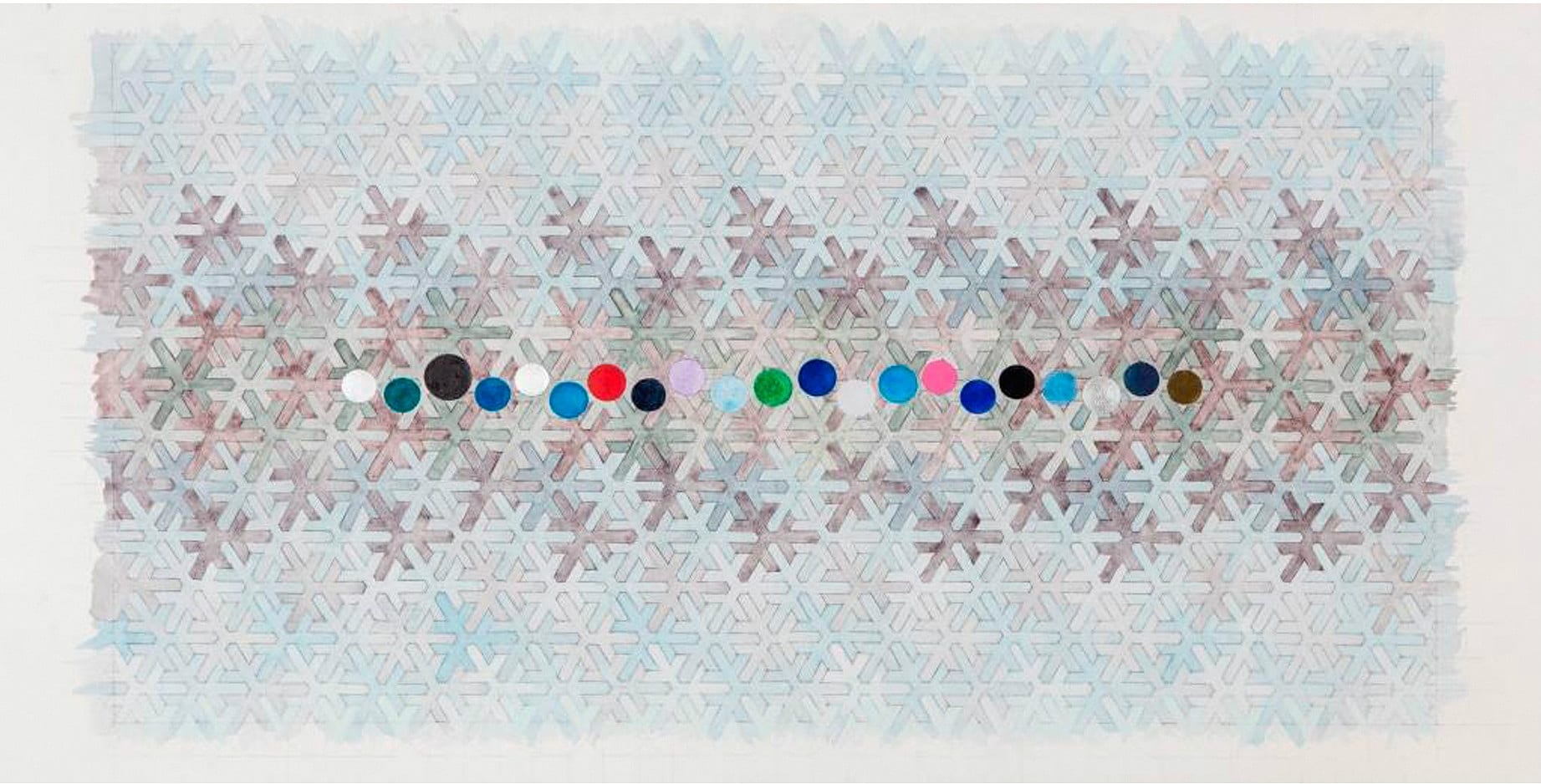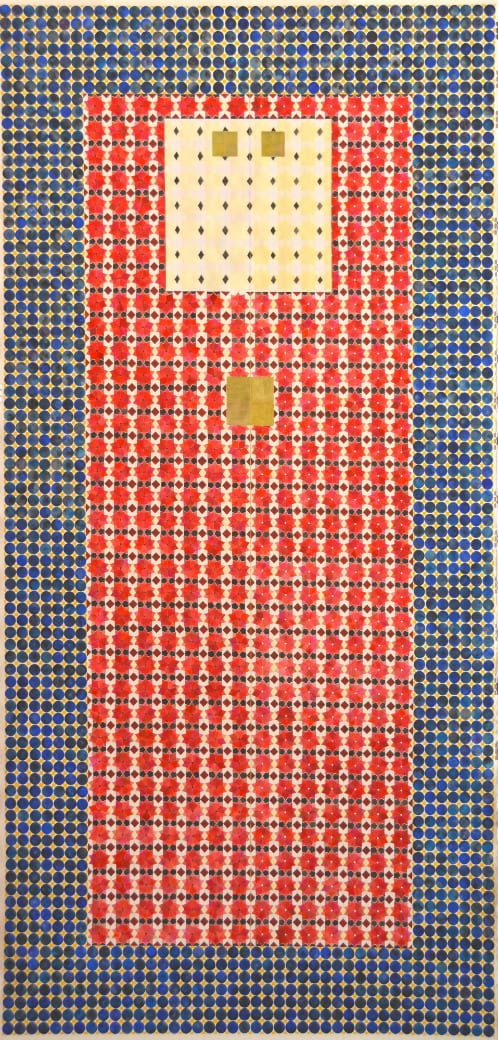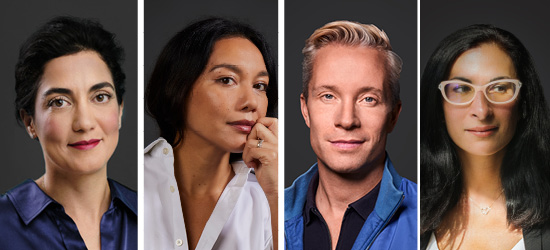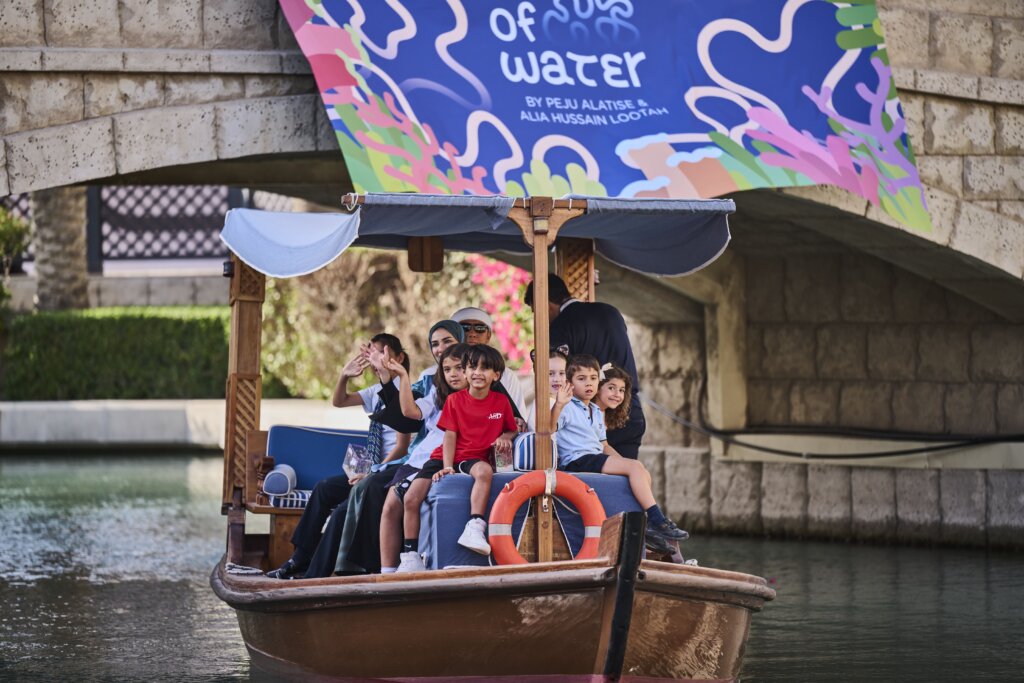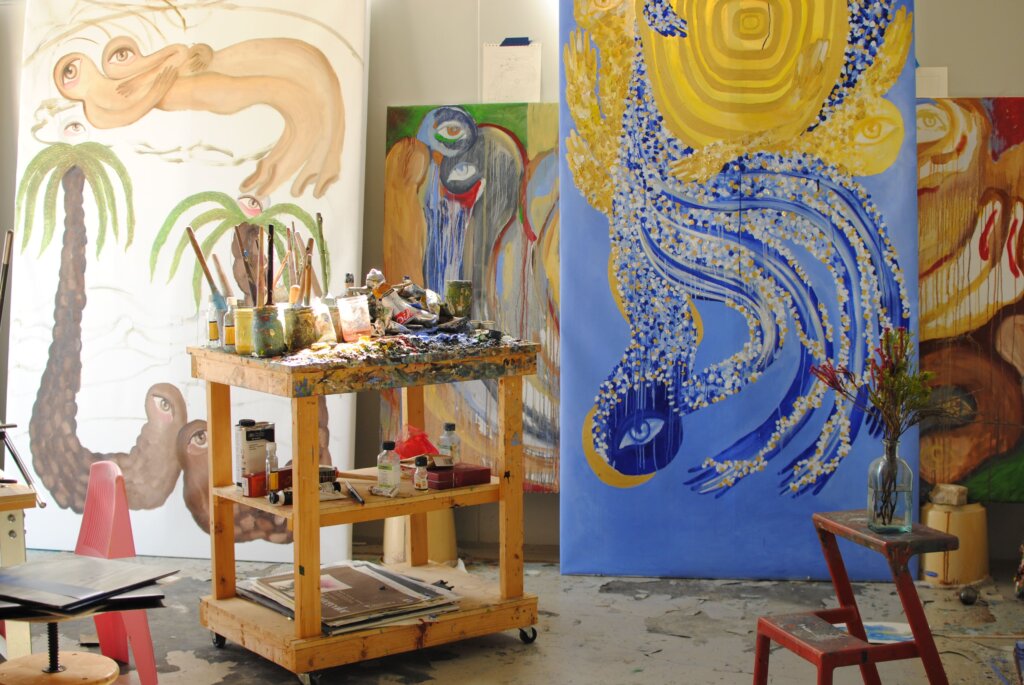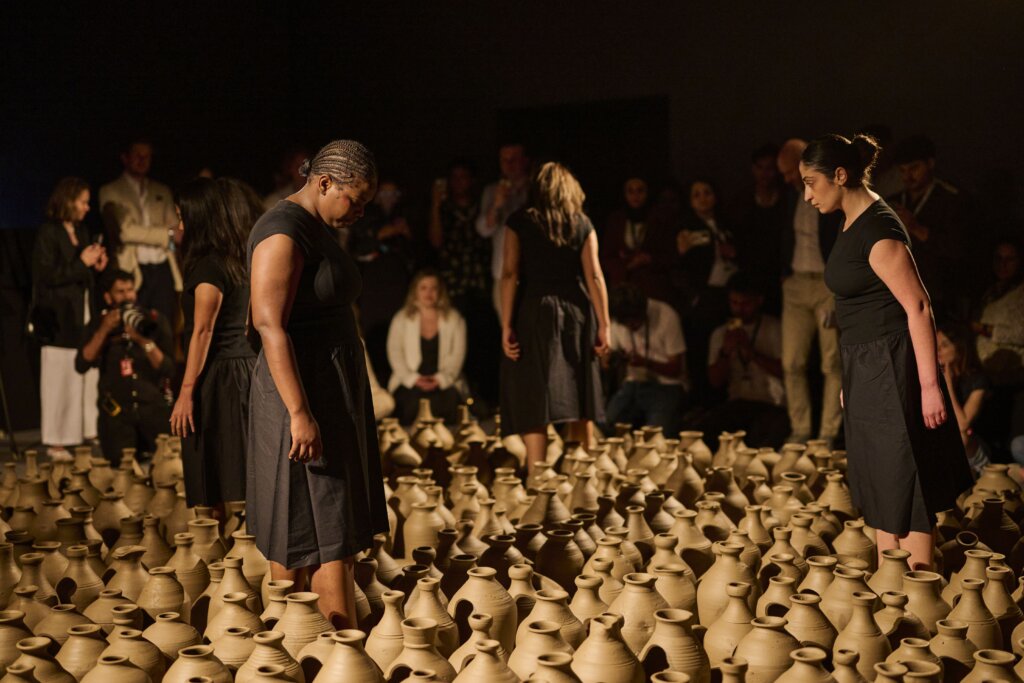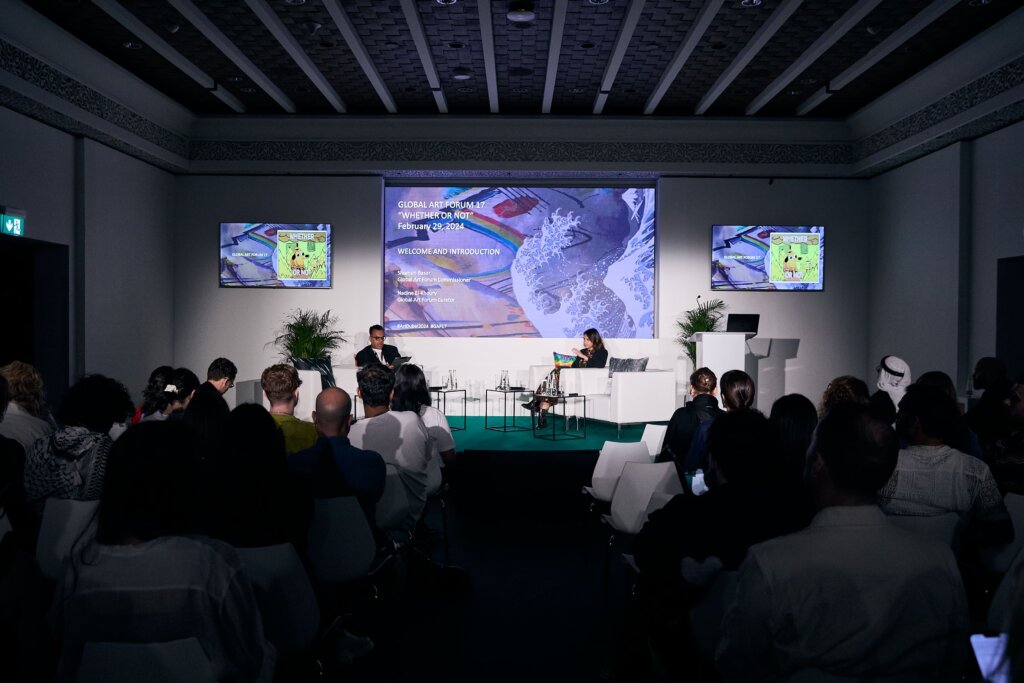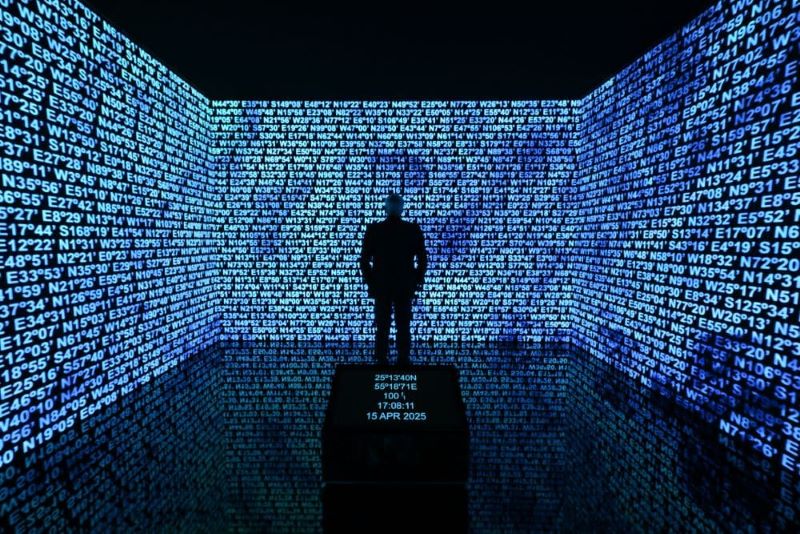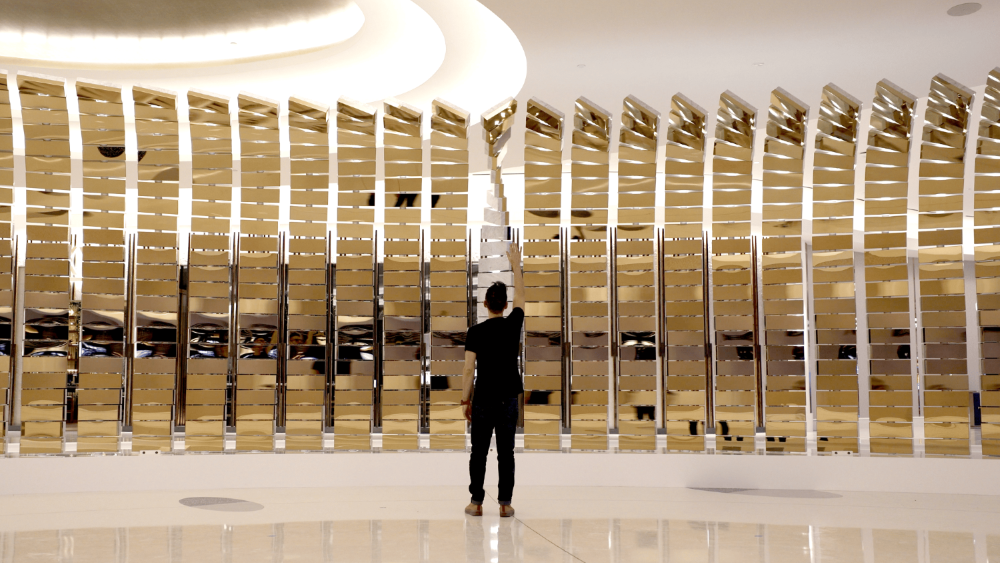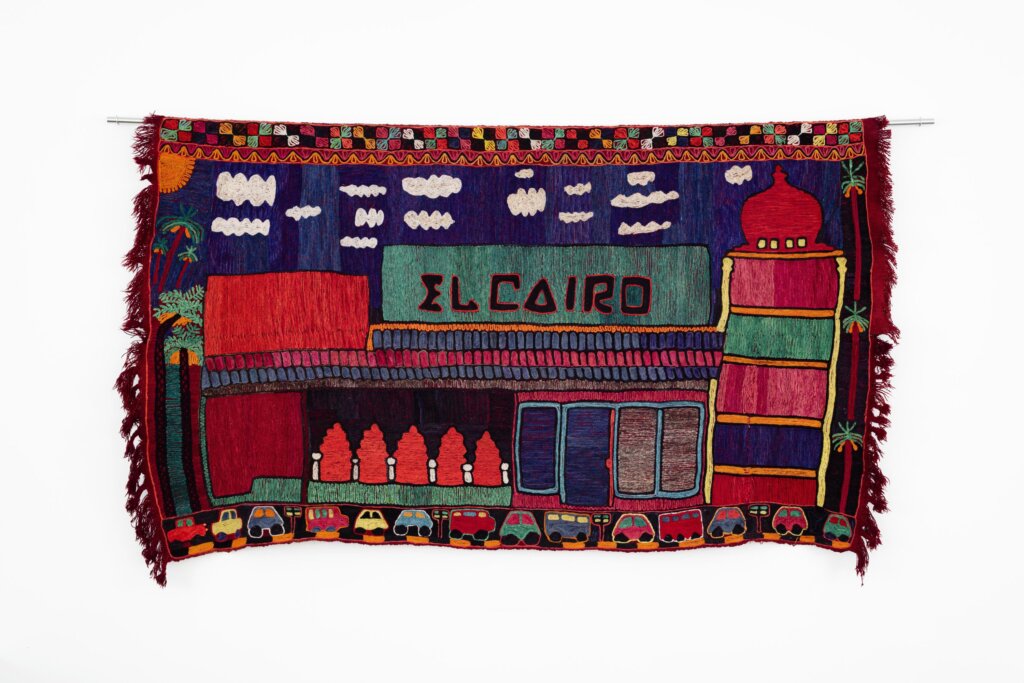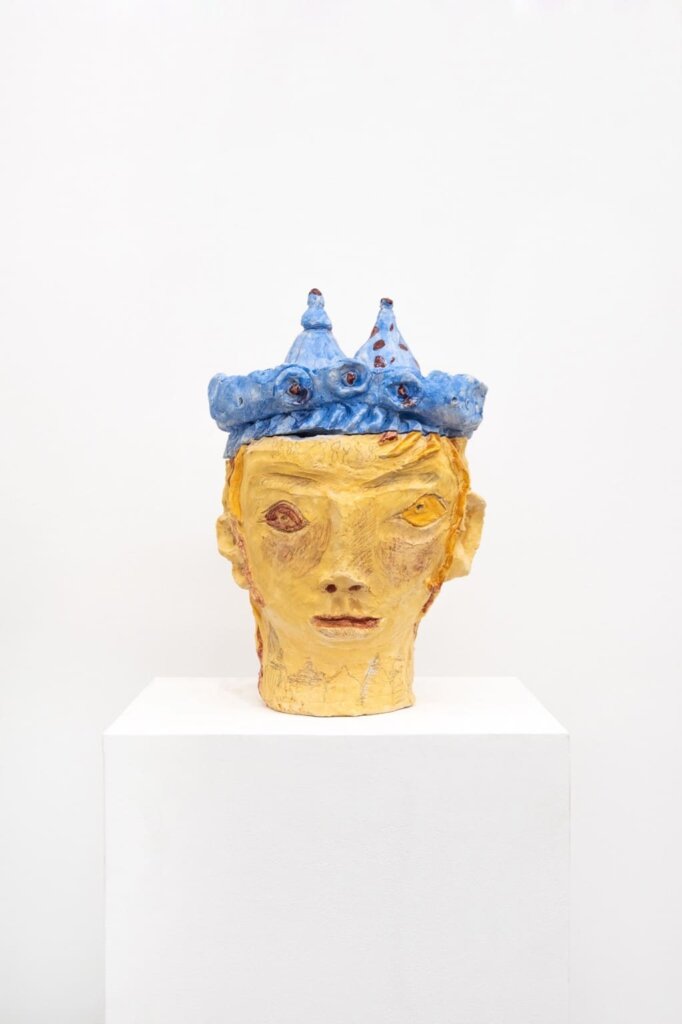Art Dubai talks to Saudi-born London-based Daniah Al Saleh, recently announced as the winner of the second edition of the Ithra Art Prize 2019.
A partnership between The King Abdulaziz Center for World Culture (Ithra) and Art Dubai, the prize is open to all Saudi and Saudi-based artists. The winning artist receives a grant to realise their work, which is exhibited at Art Dubai before being moved to Ithra as part of its permanent collection.
Al Saleh’s practice is based around logic-based patterns and computational art, although she is also an accomplished painter. Her winning project for Ithra is Sawtam – a digital, audio-visual presentation based on the phonemes of the Arabic language, the effect of which is rather like a digital wind chime.
